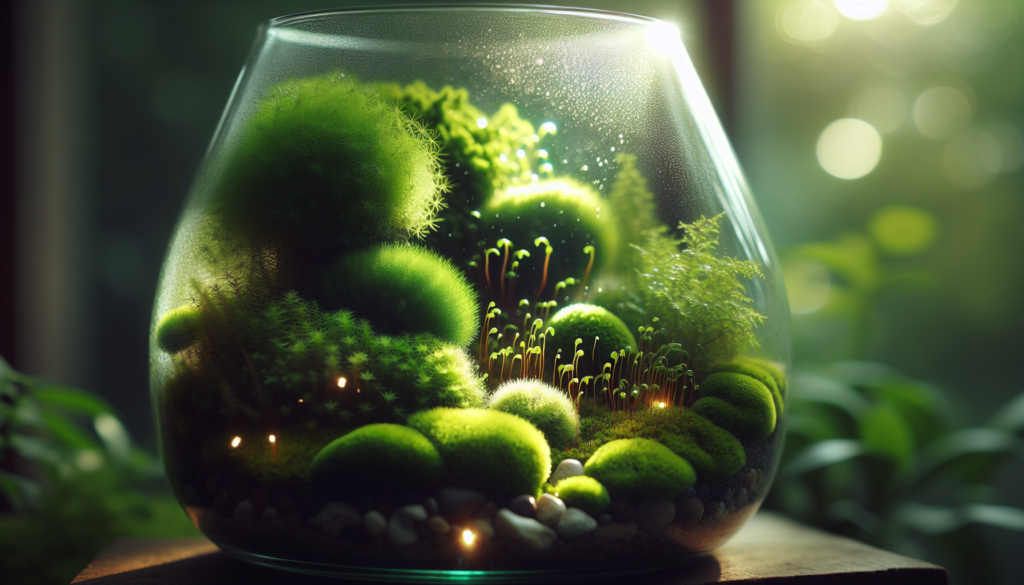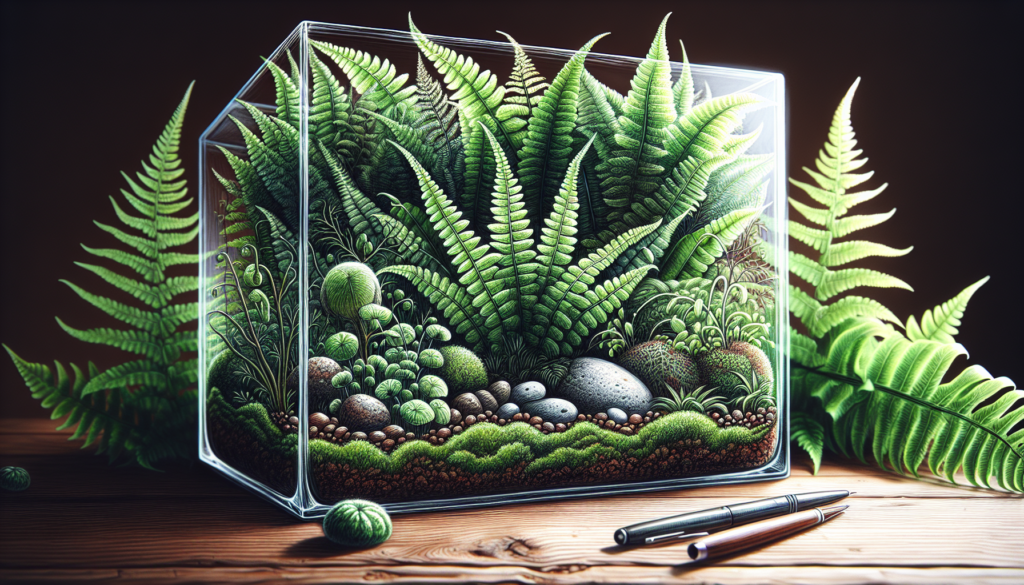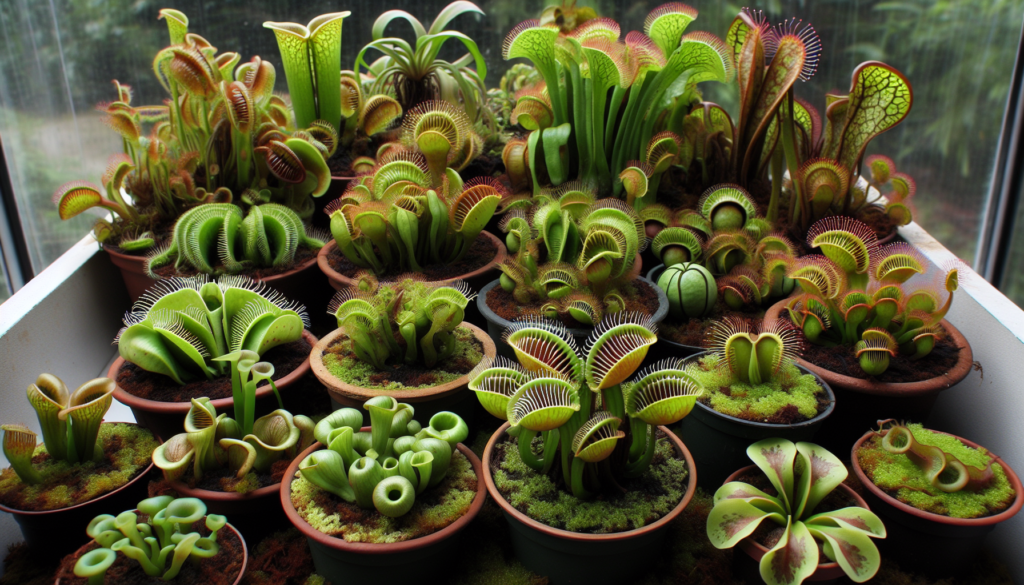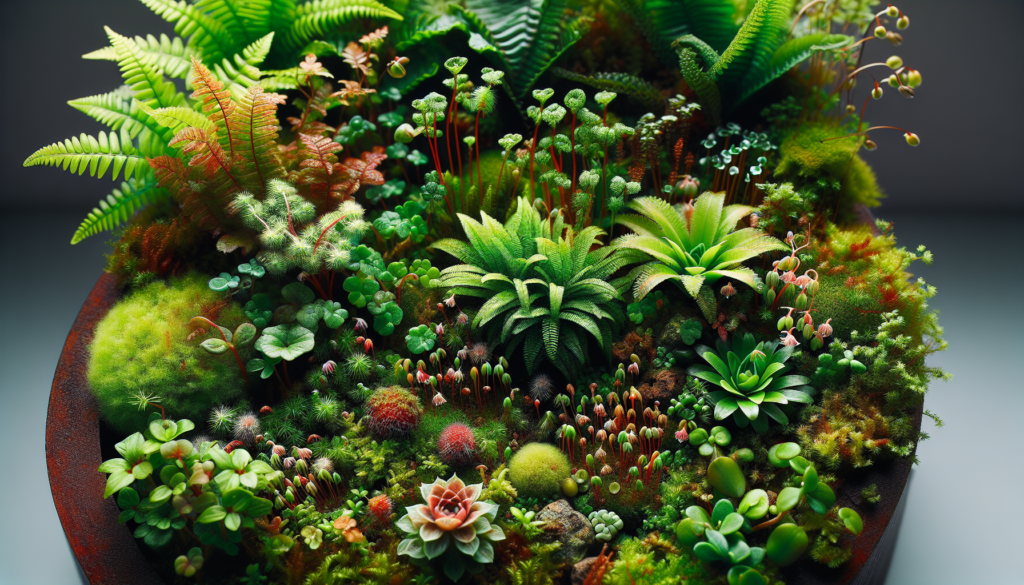Terrariums are a fun way to bring a bit of the outdoors inside. They’re perfect for folks who love gardening but don’t have much space. Succulents are a top pick for terrariums because they store water in their leaves, making them super low-maintenance. Plus, their small size fits perfectly in tiny glass homes, creating a mini desert right on your shelf.
Echeveria: The Showstopper

Echeveria is a crowd favorite among succulents. With its wide range of colors and neat, symmetrical shapes, it looks like a living sculpture. Perfect for adding a touch of art to your terrarium (Terrarium Tribe).
Sedum Morganianum ‘Burrito’: The Funky One
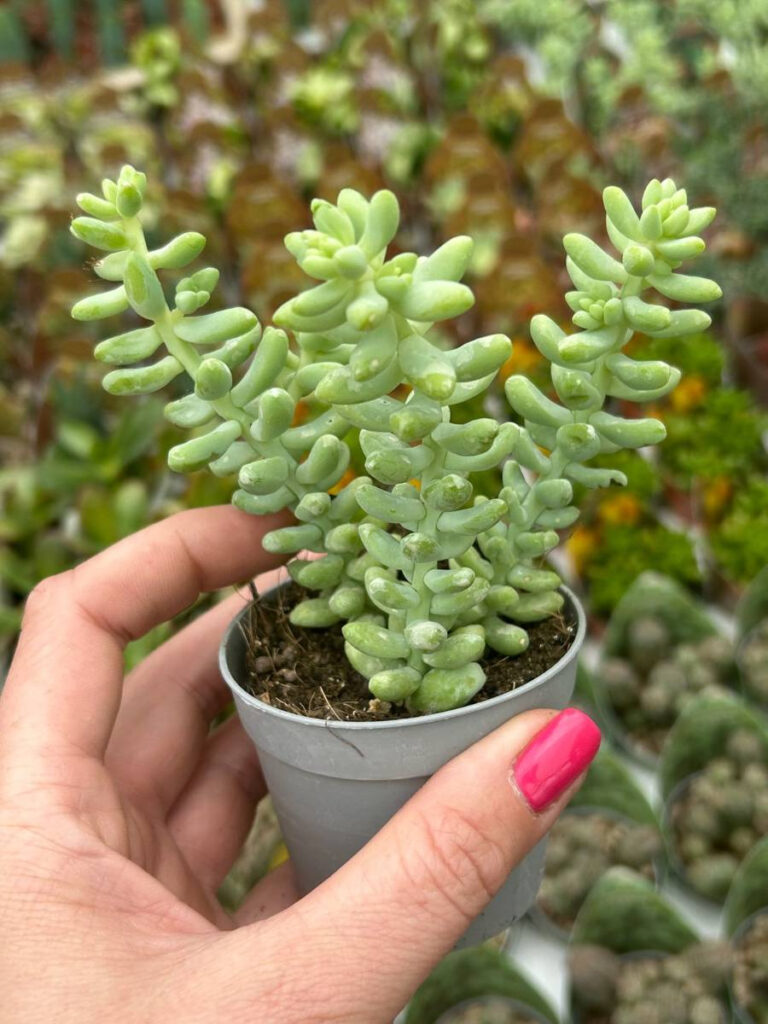
Sedum morganianum ‘Burrito’ is a quirky succulent that looks like a string of green bubbles. It can grow pretty long, adding some cool texture and depth to your terrarium.
Crassula Ovata ‘Minima’: The Mini Tree

Crassula ovata ‘Minima,’ a tiny version of the Jade Plant, grows slowly and is tough as nails. It brings a little tree-like vibe to your terrarium, adding a touch of elegance.
Haworthia: The Spiky Star
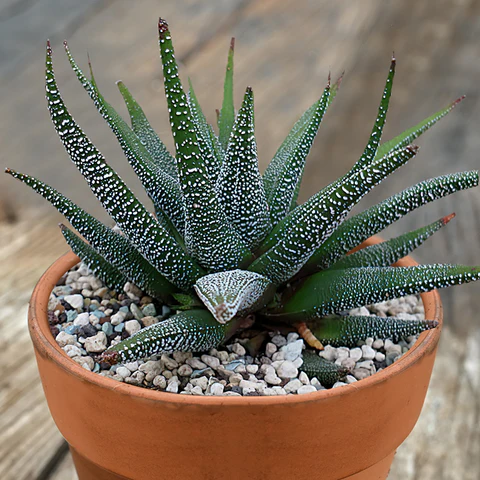
Haworthia is known for its spiky leaves and unique stripes and spots. Its compact size makes it a great fit for terrariums, adding a bit of edge to your mini garden.
Kalanchoe Tomentosa: The Fuzzy Friend

Kalanchoe tomentosa, or the Panda Plant, has fuzzy, pale turquoise leaves with chocolate-brown tips. This slow-grower adds texture and visual interest to your terrarium (Terrarium Tribe).
Succulent Terrarium Care Tips
Even though succulents are easy to care for, they still need some love. Make sure your terrarium has good drainage, let the soil dry out between waterings, and give them plenty of light. Keep an eye on temperature and humidity, and fertilize when needed. Pruning and propagating will keep your succulents looking their best.
Succulents can also help clean the air, making your home a bit fresher. They don’t need much sunlight, so they’re perfect for spots that don’t get a lot of natural light.
By picking the right succulents, you can create a beautiful, low-maintenance mini garden that brings a touch of nature indoors.
Terrarium Setup for Succulents
Setting up a terrarium for succulents is a bit different from other plants. Here’s what you need to know to make sure your succulents thrive.
Proper Drainage for Succulents
Succulents hate being soggy. An open terrarium is best because it allows air to circulate and prevents too much moisture from building up. This helps keep your succulents happy and healthy.
Lighting and Air Circulation Needs
Place your succulent terrarium in a bright spot, but keep it out of direct sunlight to avoid burning the leaves. Good air circulation is key to preventing problems like damping off, which can happen in overly humid conditions (Gardening Know How).
Watering Guidelines for Succulents
Succulents are used to dry conditions, so don’t overwater them. Wait until the soil is almost completely dry before watering. Use tap water that’s been left out to off-gas or purified water.
Fertilization and Maintenance
Succulents don’t need much fertilizer. Once a year is usually enough. Regular pruning and propagating will keep your succulents healthy and looking good.
Selecting Compatible Succulent Varieties
Choose succulents that stay small and compact so they can live happily in your terrarium for years. While cacti can be included, remember they need similar care to other succulents and are adapted to desert conditions (Pistils Nursery).
Pruning and Propagating Succulents
Pruning helps control the size of your plants, ensuring they don’t outgrow the terrarium. Propagating lets you create new plants from cuttings, which can replace older plants or add variety to your terrarium.
By keeping these tips in mind, you can create a thriving succulent terrarium. For more ideas on other plants suitable for terrariums, check out our guides on moss, carnivorous plants, ferns, miniature plants, tropical plants, and indoor plants.


